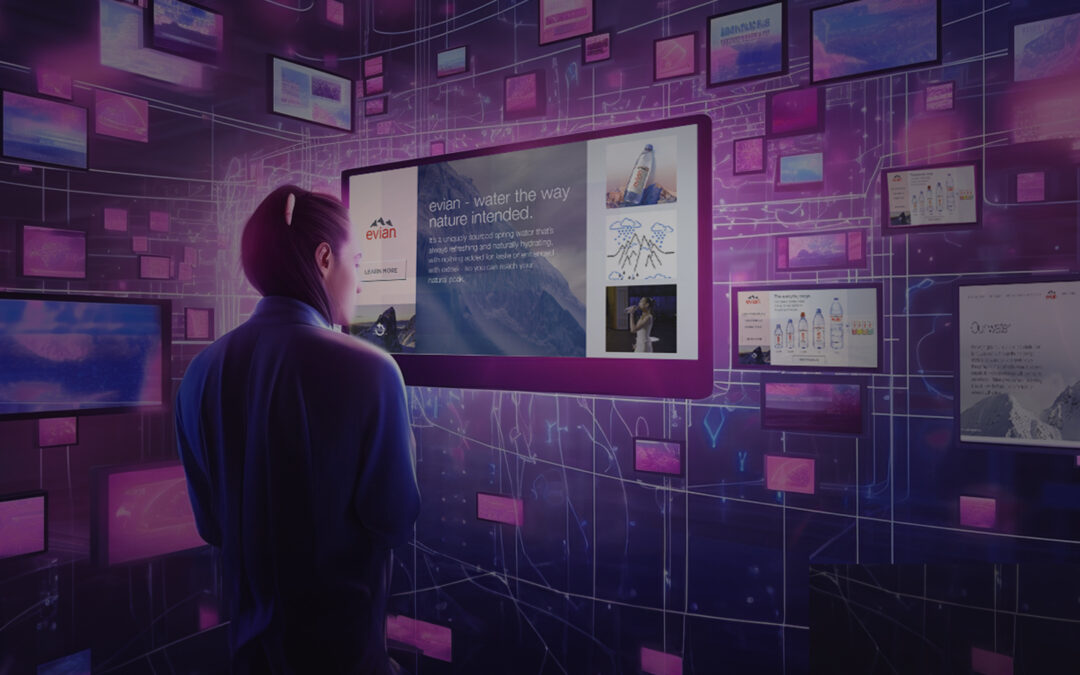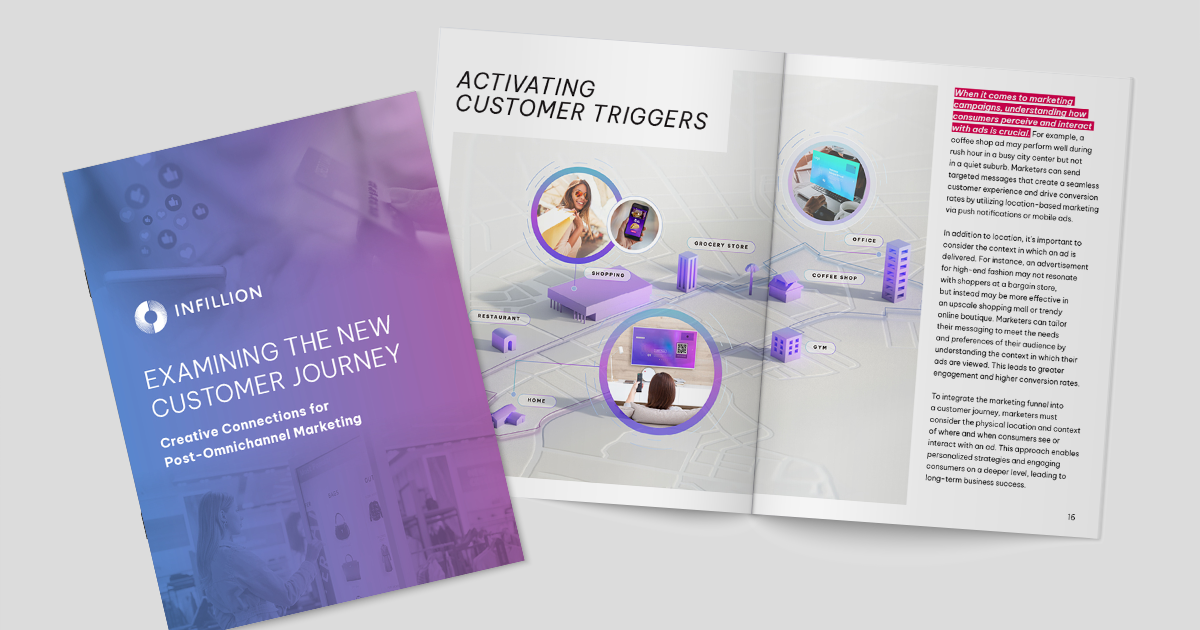Exploring the Marketing Funnel vs. Customer Journey

As a businessperson or marketer, you’ve encountered the concepts of “marketing funnel” and “customer journey” countless times. While both terms aim to describe converting prospects into customers, their approaches are fundamentally different. This blog post will delve into their similarities and differences and how understanding both can elevate your marketing strategy.
The Marketing Funnel: Guiding Prospects to Conversion
The classic marketing funnel was initially developed in the late 1800s by traveling salesman Elias St. Elmo Lewis, using the shopping behavior of actual customers to map out marketing, sales processes, and messaging for every step of a purchase journey. The pioneering advertising advocate developed the Awareness-Intent-Decision-Action (AIDA) model to help businesses guide potential customers efficiently and effectively through each stage.
The marketing funnel has since evolved into five main stages: awareness, consideration, purchase, loyalty, and advocacy. The primary goal is to guide potential customers through each buying process step linearly, ultimately converting them into paying customers.
The Customer Journey: a Holistic Experience
In contrast, the customer journey is a broader concept that encompasses a customer’s entire experience with a company, including all the touchpoints and interactions a customer has with a company, both online and offline. The customer journey can involve marketing efforts, sales staff interactions, product design, customer support, online reviews, and website experience.
Developed a century after the marketing funnel in the late 1900s, the concept of the customer journey has its roots in the study of consumer behavior and decision-making processes. Trying to understand the “why” behind customer behavior, the journey concept gained traction as marketers realized that many factors and touchpoints influenced customer experiences. Especially with the ability to track and target via digital signals, innovative businesses invested in understanding the customer experience from the initial point of contact to the post-purchase stage.
From a consumer perspective, journeys are often circular and nonlinear because real life is complex and messy. People may go back and forth between different stages, skip steps, or give up altogether, as evidenced by the number of abandoned online shopping carts. Factors such as financial constraints, negative publicity, or a poor in-store experience can impact a person’s decision-making process at any point.
What’s the Difference?
The marketing funnel and customer journey share a core mission: guiding prospects toward becoming customers. Like two sides of the same coin, both recognize the importance of multiple touchpoints and emphasize the need to understand customer behavior, preferences, and decision-making processes, whether offline or online.
However, delve deeper and several key differences emerge. Firstly, the marketing funnel operates linearly, guiding consumers from the top to the bottom in a straightforward manner. In contrast, the customer journey follows a more circular and nonlinear route, reflecting the complexity of real-life experiences and embracing the intricate web of factors and touchpoints that shape customer behavior.
Secondly, while the marketing funnel focuses on specific stages leading up to a purchase, the customer journey takes a more holistic approach, encompassing a customer’s entire experience with a company. Lastly, the marketing funnel primarily concerns itself with paid promotions or company-controlled interactions. In contrast, the customer journey incorporates organic content and interactions, providing a more comprehensive view of the customer experience.
Infillion’s Insight: Examining the New Customer Journey
If you want to adapt your marketing strategy to better align with today’s complex customer landscape, look no further than Infillion’s eBook, “Examining the New Customer Journey: Creative Connections for Post-Omnichannel Marketing.” This comprehensive guide will help you navigate the intricacies of the customer journey, providing valuable insights on optimizing each touchpoint and creating memorable experiences for your customers.
Subscribe to our blog:
Related Posts:

Infillion by the Numbers: See the Year’s Creative Stats
At Infillion, our tech and creative teams build for desktop, mobile, connected TV, and even sports stadiums. That’s a lot of platforms – and a lot of different creative strategies. What were some of our creative milestones in 2023? From brand lift to 3-card monte,...

2024’s Streaming TV Trends: What Our Industry Can Expect in the Year Ahead
Streaming TV business model changes, shoppable ads, generative AI, and a stronger push for collaboration will reshape next year’s advertising landscape. Here’s how. Ad spending roared back in the latter half of this year, indicating that there will be a healthy...

How to Master Interactive Ad Creative: Content Collections
Welcome to our Interactive Storytelling series. Here, we’ll share our favorite strategies on how to turn static stories into interactive ad narratives. Missed the last one on quizzes? Read it here. For brands that need to advertise a larger suite of products...
Let's Connect
We can help you create the personalized ad experiences viewers expect.


